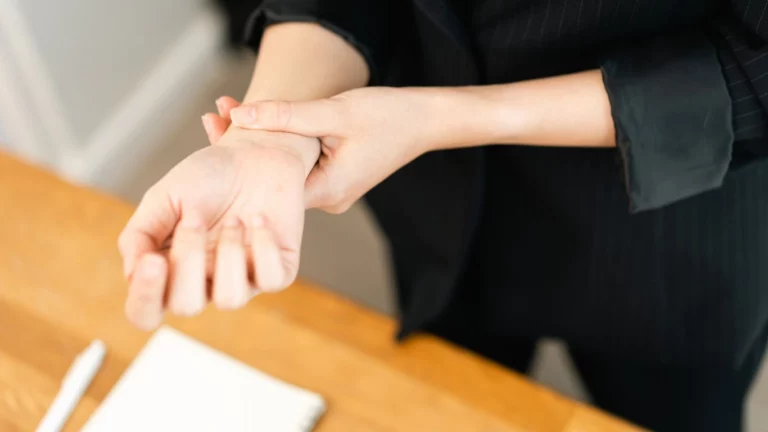Rheumatoid Arthritis: Best Finger Exercises to Strengthen Your Hands Fast
Rheumatoid arthritis (RA) can be a tough condition to manage, especially when it starts affecting your hands and fingers. As someone with years of experience as a Rheumatology Nurse Practitioner, I’ve seen firsthand how debilitating this disease can be, particularly when it targets the delicate joints in the fingers. The pain, swelling, and stiffness can make even the simplest tasks feel impossible. But one thing that can make a significant difference in managing RA symptoms is incorporating finger exercises into your daily routine. In this article, I’ll dive into the benefits of these exercises and share some of the best finger exercises that can help you regain strength, improve mobility, and ultimately reduce the discomfort caused by RA. Let’s talk about what works, from my clinical experience and personal observations, and how you can take charge of your arthritis journey.
Understanding Rheumatoid Arthritis and Its Impact on Your Hands
Rheumatoid arthritis is an autoimmune condition that causes the body’s immune system to mistakenly attack the lining of the joints, leading to inflammation, pain, and even damage to the affected areas. While RA can affect various joints in the body, the fingers are often one of the first places where symptoms appear. This can lead to difficulty gripping objects, typing, or even holding a cup of coffee.
But don’t worry! You’re not alone in this. I’ve worked with many patients who have experienced a variety of challenges with their hands, from stiffness to severe joint damage. However, finger exercises can help alleviate some of these challenges and improve your quality of life.
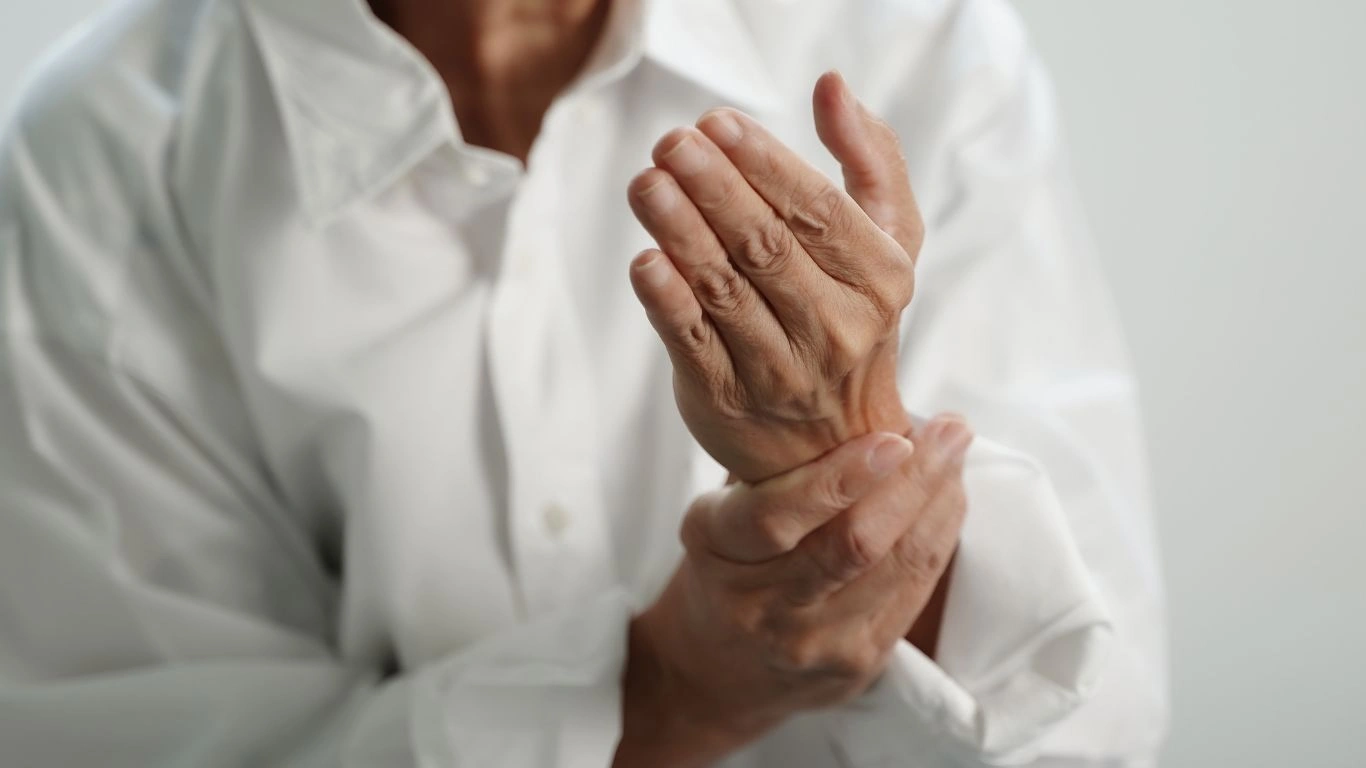
The Benefits of Finger Exercises for Rheumatoid Arthritis
When you’re dealing with rheumatoid arthritis, it might seem counterintuitive to move the very joints that are swollen and painful. But trust me, exercise is one of the best things you can do for your joints, especially your fingers. Let’s look at why finger exercises are so beneficial:
- Improved Mobility: Regular finger exercises help maintain or improve the range of motion in your fingers. This is crucial for preventing long-term stiffness and helping you perform everyday tasks with more ease.
- Strengthening the Muscles: By working the muscles around the joints, you can improve their stability and reduce the strain on the affected areas.
- Reducing Pain: Although it may seem like using your hands more could make the pain worse, exercises that promote flexibility and movement can actually help reduce discomfort in the long run.
- Preventing Deformities: Over time, untreated RA can cause joint damage and deformities. Finger exercises help slow down the progression of this damage by keeping the joints in better condition.
How Finger Exercises Can Help Prevent Joint Damage
One of the most critical reasons to engage in regular finger exercises is to help prevent further joint damage caused by rheumatoid arthritis. When RA attacks the joints in the fingers, the inflammation can eventually lead to deformities like buttonhole deformities or swan neck deformities, which can severely limit your hand function.
By performing exercises to strengthen the muscles and improve joint flexibility, you’re essentially protecting the integrity of your finger joints. This doesn’t mean you can completely stop the progression of the disease, but it can significantly slow it down and keep your hands functioning better for longer.
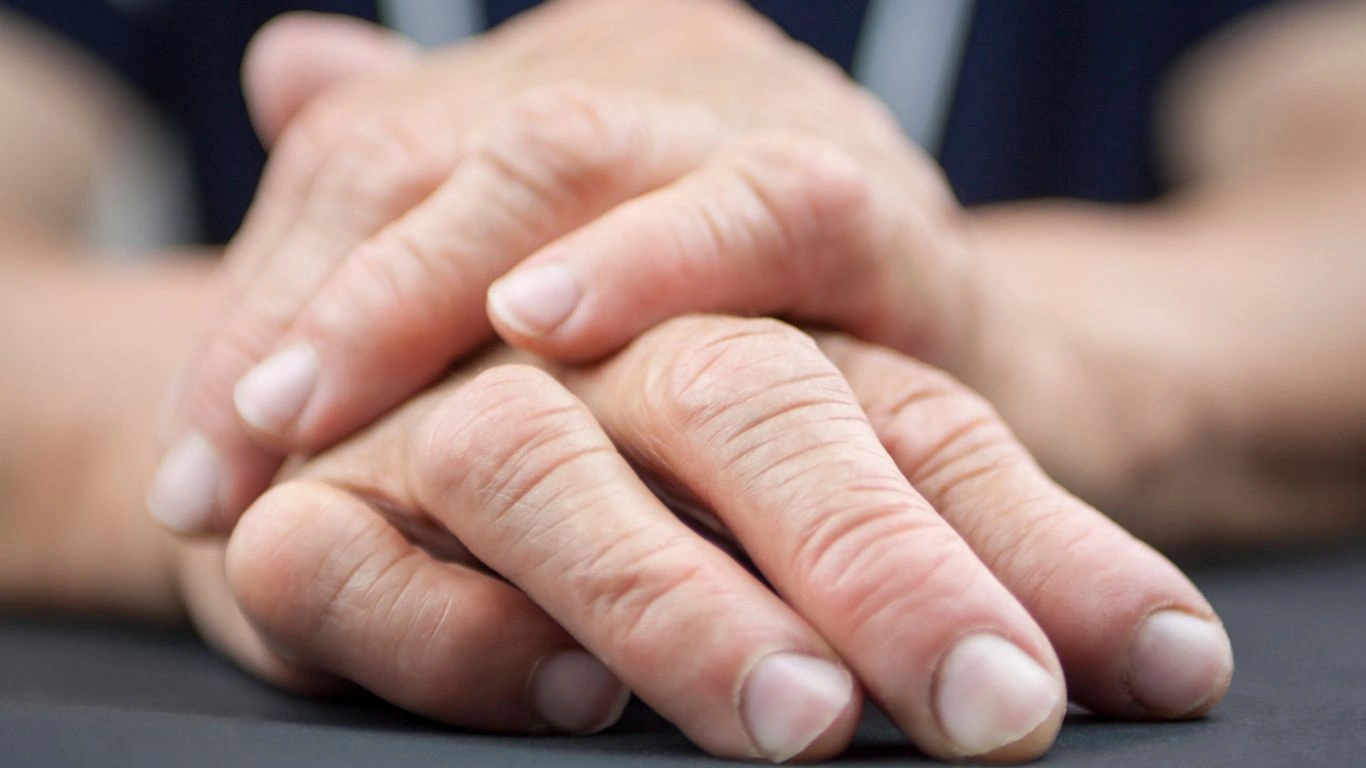
The Best Finger Exercises for Rheumatoid Arthritis
Now that we’ve covered the benefits, let’s dive into some of the best exercises for your fingers. These exercises are specifically chosen to be gentle yet effective for those living with RA. It’s important to start slowly and listen to your body, especially if you’re new to exercising with RA.
1. Finger Lifts
This is one of the simplest exercises you can do, but it’s great for increasing flexibility and strength in the fingers. Here’s how you do it:
- Place your hand flat on a table or other flat surface.
- Slowly lift each finger one at a time, hold for a few seconds, and then lower it back down.
- Repeat this 10-15 times for each hand, focusing on a slow and controlled motion.
Finger lifts help to improve the range of motion in your fingers and increase strength in the muscles surrounding your finger joints. I often recommend this exercise as a starting point for my patients with early-stage RA.
2. Finger Spreads
Finger spreads help to stretch and strengthen the muscles in your fingers and hands. Here’s how to perform this exercise:
- Place your hand flat on a surface, keeping your fingers close together.
- Slowly spread your fingers apart as wide as you can without causing pain.
- Hold for a few seconds, then slowly bring your fingers back together.
- Repeat 10-15 times for each hand.
By regularly doing finger spreads, you can maintain or improve the flexibility and strength in your fingers, which is crucial for reducing stiffness and pain in RA-affected hands.

Finger Exercises to Improve Strength and Flexibility
If you’ve been doing some of the basic exercises like finger lifts and finger spreads, you’re already on the right track! But there are plenty of other exercises you can add to your routine to further enhance strength, mobility, and flexibility in your fingers. I always emphasize variety because it helps keep the exercises engaging and ensures you target different aspects of hand function.
3. Thumb Opposition
The thumb is such a crucial part of hand function, especially when it comes to tasks like gripping, holding, or pinching. As someone who works with patients who struggle with thumb pain from RA, I can tell you that the thumb opposition exercise is a game-changer. Here’s how you can do it:
- Start by holding your hand up, palm facing you.
- Touch the tip of your thumb to the tip of your index finger. Then, do the same with your thumb and each of your other fingers.
- Hold each position for a few seconds, then relax your hand.
- Repeat this exercise 10-15 times for each hand.
By regularly practicing thumb opposition, you’re enhancing the thumb’s range of motion and strengthening the muscles involved in grasping. Plus, it can help you maintain an essential skill—holding onto items without discomfort!
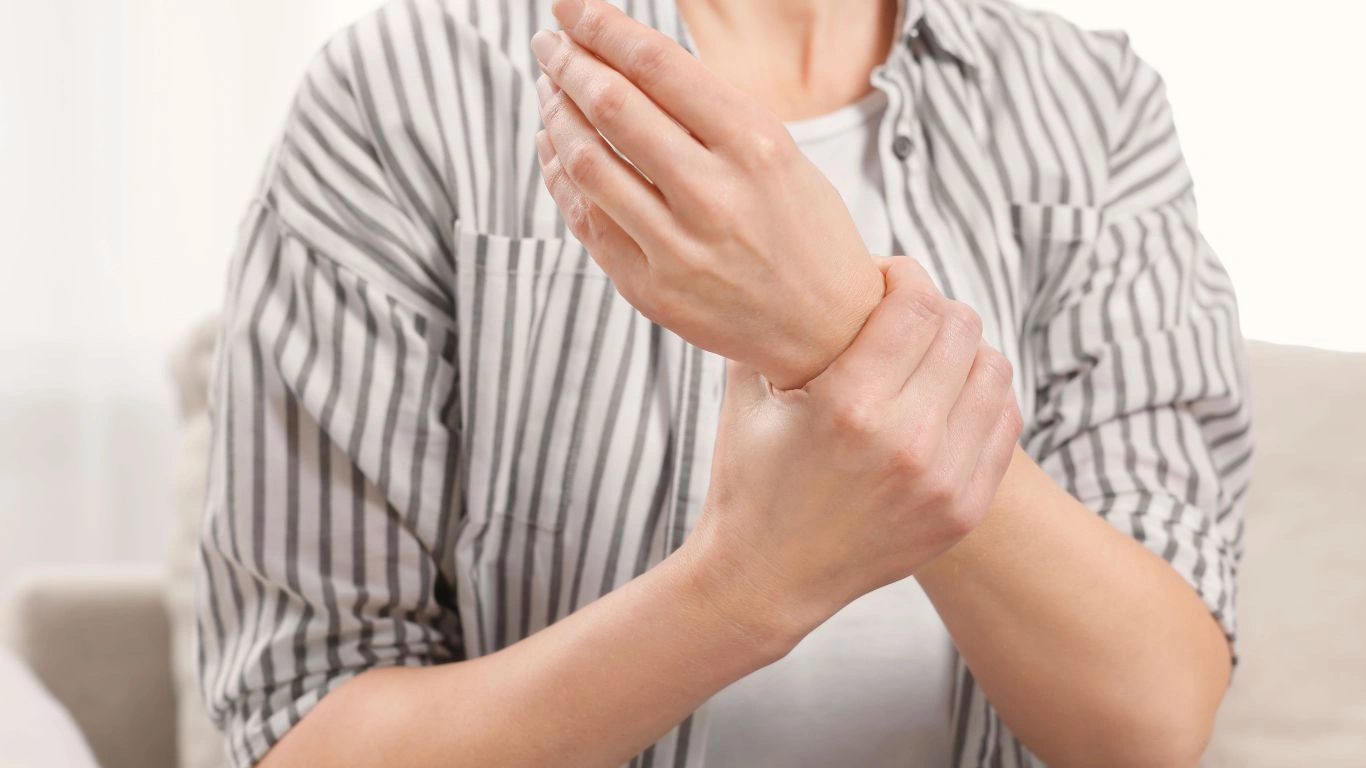
4. Finger Curls
Finger curls are another excellent way to increase strength and flexibility, especially if you’re dealing with stiffness in the joints. I often recommend this exercise for my patients because it’s simple to do and doesn’t require any special equipment. Here’s how you do it:
- Start with your hand outstretched in front of you, palm facing up.
- Slowly curl your fingers inward, making a fist without forcing it.
- Once your fingers are curled, hold the position for a few seconds before slowly straightening them out.
- Repeat the exercise 10-15 times for each hand.
Finger curls help strengthen the flexor muscles and improve overall hand function, which can be especially helpful when dealing with the weakness that comes with RA. Over time, this exercise can help reduce the feeling of stiffness and keep your fingers moving freely.
5. The “Claw” Stretch
The “claw” stretch is a fantastic exercise to help with both flexibility and strength. It targets the tendons and muscles in your fingers and can be particularly beneficial if you’re dealing with some of the more severe symptoms of rheumatoid arthritis. Here’s how to do the claw stretch:
- Start with your hand open and fingers spread wide.
- Slightly bend your fingers at the joints, forming a “claw” shape with your hand.
- Hold the position for about 5 seconds, then slowly straighten your fingers again.
- Repeat 10-15 times for each hand.
This exercise not only stretches out the fingers but also strengthens the tendons that help with finger movement. When performed regularly, it can help improve both the flexibility and strength of your hands and fingers, making daily tasks like gripping or typing much easier.

How to Make Finger Exercises Part of Your Daily Routine
Now that you have a handful of finger exercises to choose from, it’s time to figure out how to incorporate them into your daily life. Consistency is key to seeing results, but I know how busy life can get. So, here are a few tips I’ve shared with my patients to help them make these exercises a regular part of their routine without feeling overwhelmed:
1. Start Slow and Build Up Gradually
If you’re just getting started, don’t feel pressured to do all the exercises at once or even to complete them in one sitting. Start with just a few minutes each day and gradually increase the time as your fingers become more flexible and strong. Over time, you’ll find that your hands can handle more exercise, and the results will be noticeable.
2. Use Reminders
Sometimes, it’s easy to forget to do your finger exercises in the middle of a busy day. I recommend setting reminders on your phone or writing it on your calendar to keep yourself on track. I’ve had many patients tell me that simple reminders made a huge difference in sticking to their exercise routine.
3. Combine Finger Exercises with Other Daily Tasks
If you’re struggling to find time to work on finger exercises, try combining them with other daily activities. For example, you can do finger lifts while watching TV, or try thumb opposition while on the phone. Little multitasking moments like these can help you stay consistent without feeling like you’re adding extra time to your day.

4. Listen to Your Body
Always pay attention to how your body responds to the exercises. Some discomfort is normal, but pain should not be a part of your exercise routine. If something doesn’t feel right, stop and give your joints some rest. If pain persists, it’s important to consult with a healthcare provider. As with any treatment plan, you want to balance activity with rest to avoid overexertion.
Remember, it’s all about progress, not perfection. The goal is to make small improvements in hand function over time, and you’ll likely notice that things like typing, buttoning shirts, or opening jars become a little easier as you go along.
Additional Tips for Managing Rheumatoid Arthritis and Finger Health
While finger exercises are an essential part of managing rheumatoid arthritis (RA), they are just one piece of the puzzle. As someone who’s worked with patients living with RA for many years, I can tell you that managing the condition requires a holistic approach. This includes a combination of exercise, medication, lifestyle changes, and professional support. In this final part of the article, I want to share a few more tips that can help you stay on top of your finger health and overall well-being while living with RA.
1. Stay Active to Support Joint Health
One of the most important things you can do to support joint health, especially in the hands, is to stay active. Exercise isn’t just for the fingers—it’s crucial for your whole body. Low-impact exercises such as swimming, walking, or cycling can help improve overall circulation, reduce inflammation, and keep your joints moving smoothly. If you’re already dealing with joint pain, I know it can feel overwhelming to think about exercising your whole body. But trust me, gentle activity can make a big difference in how you feel day-to-day.
Engaging in physical activity can also reduce the stiffness that many RA patients feel in their hands, elbows, or knees. So, along with finger exercises, consider incorporating some low-impact cardio or stretching exercises to your routine. Yoga or Pilates, for example, have been shown to be very beneficial for people with RA, as they help improve flexibility and strengthen muscles around the joints.
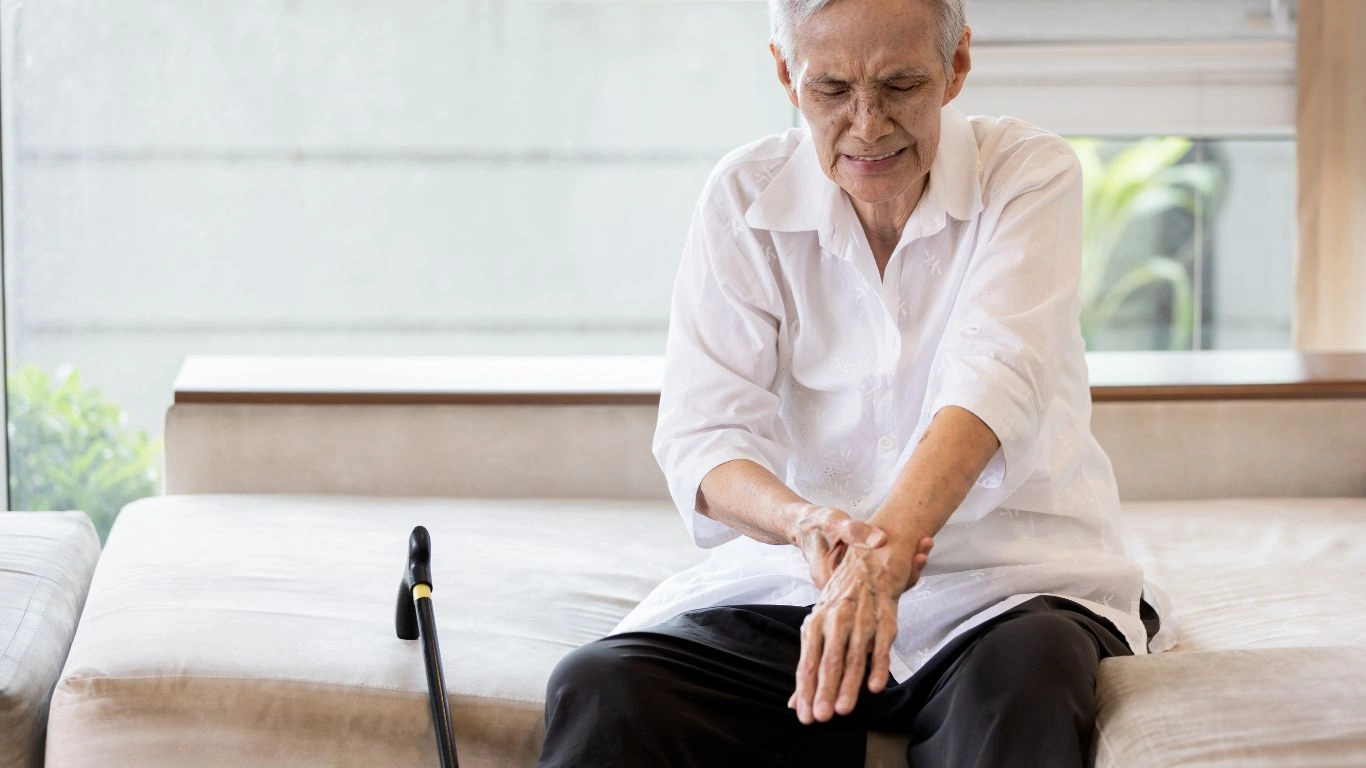
2. Keep Your Hands Warm
One of the little tips I always share with my patients is to keep your hands warm. Cold temperatures can aggravate stiffness and make pain worse, especially for people living with rheumatoid arthritis. The heat helps to relax the muscles, increase blood flow, and alleviate some of the discomfort caused by inflammation in the joints.
Using warm gloves, or even heating pads on your hands when you’re relaxing or sleeping, can help reduce pain. When I had patients who struggled with morning stiffness, I often suggested using warm packs before starting their finger exercises. This simple step can make your exercises more comfortable and effective.
3. Mindful Resting and Joint Protection
While it’s important to stay active, it’s just as crucial to balance exercise with proper rest. Overuse of your hands and fingers can lead to flare-ups, so always listen to your body. If your hands start to feel overly fatigued, take a break and let them rest. Pacing yourself throughout the day can help prevent overloading your joints. Don’t forget, rest and recovery are just as important as exercise!
Along with rest, consider joint protection techniques. These techniques are designed to reduce strain on your joints and prevent unnecessary stress. For example, using assistive devices like jar openers or pens with larger grips can reduce the pressure on your hands during daily tasks. I always recommend these simple adjustments to my patients to help preserve their hand function for as long as possible.
4. Medications and Therapies
Another essential component of managing rheumatoid arthritis is medication. Disease-modifying antirheumatic drugs (DMARDs) and biologics can help control the progression of RA and reduce inflammation. While exercises like finger lifts and thumb opposition can provide immediate relief, medications can tackle the root cause of the inflammation and prevent further joint damage. Always consult your healthcare provider to discuss the best treatment plan for your specific needs.
Physical therapy (PT) is also an excellent resource if you’re looking to improve your hand function and overall mobility. A physical therapist can work with you to design a more customized exercise plan, taking into account your specific limitations and goals. PT can complement the exercises you’re already doing and help you build a stronger foundation for managing RA long-term.
5. Nutrition and Supplements
Believe it or not, what you eat can have an impact on how you feel with rheumatoid arthritis. Although diet alone won’t cure RA, incorporating anti-inflammatory foods into your diet can support overall joint health. Omega-3 fatty acids, found in fatty fish like salmon and walnuts, can help reduce inflammation in the body. Similarly, antioxidants like those found in berries, leafy greens, and nuts can help combat oxidative stress, which can contribute to the progression of arthritis.
Additionally, some people with RA find that supplements like glucosamine or turmeric may provide added relief. However, I always recommend speaking with your healthcare provider before starting any supplements, as some may interact with medications or other treatments you’re using.
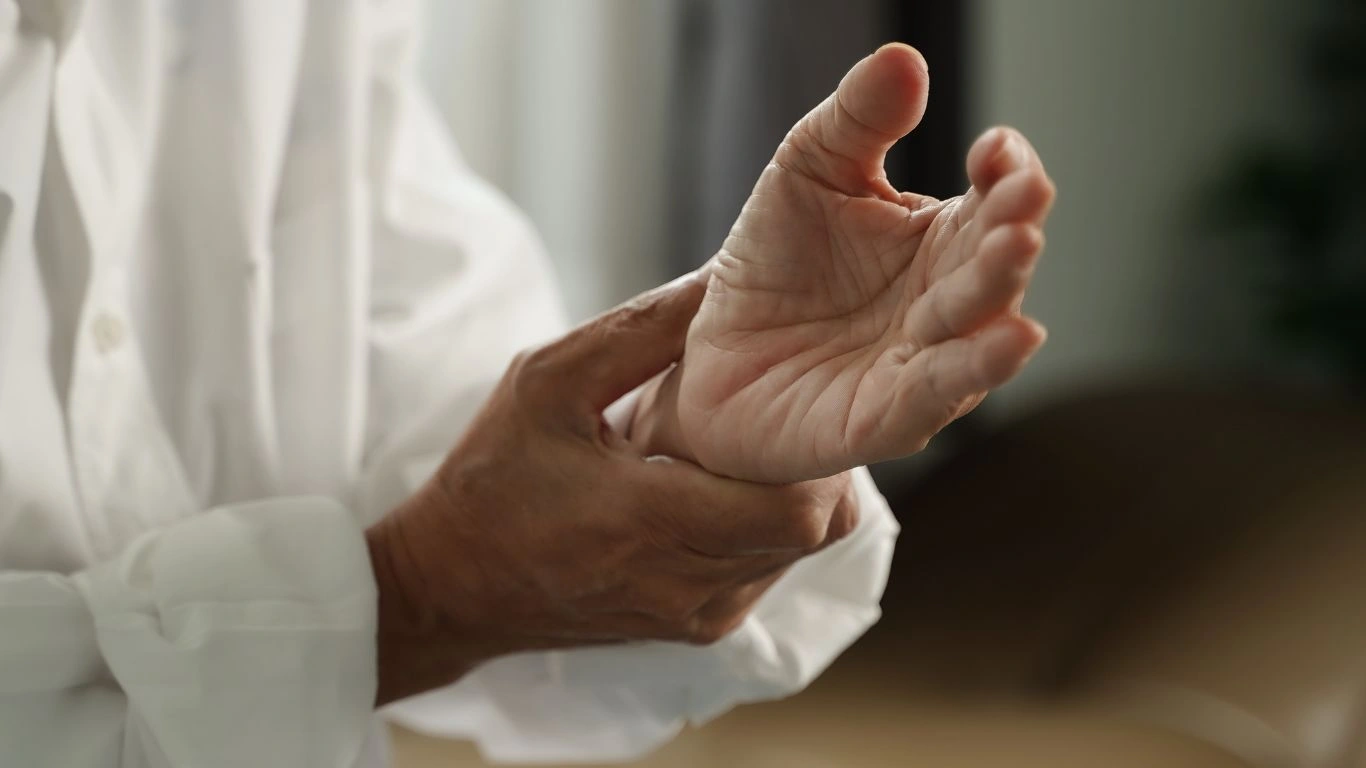
References
For further reading and resources, I always encourage patients to check out reputable medical websites, such as NIH and Health.com, where you can find detailed information on rheumatoid arthritis, exercises, and treatment options.
Disclaimer
The information provided in this article is for educational purposes only and is not intended as medical advice. Always consult with your healthcare provider before starting any new exercise program or making changes to your treatment plan. Every individual’s situation is different, and what works for one person may not be suitable for another. Your doctor or a rheumatologist will be able to provide you with a personalized plan that takes into account your specific needs and health conditions.

Tarra Nugroho is a dedicated Nurse Practitioner with a strong foundation in family and preventive care. She brings both compassion and clinical expertise to her practice, focusing on patient-centered care and health education. As a contributor to Healthusias.com, Tarra translates medical knowledge into clear, empowering articles on topics like women’s health, chronic disease management, and lifestyle medicine. Her mission is simple: help people feel seen, heard, and informed—both in the clinic and through the content she creates. When she’s not caring for patients, Tarra enjoys weekend hikes, plant-based cooking, and curling up with a good health podcast.

